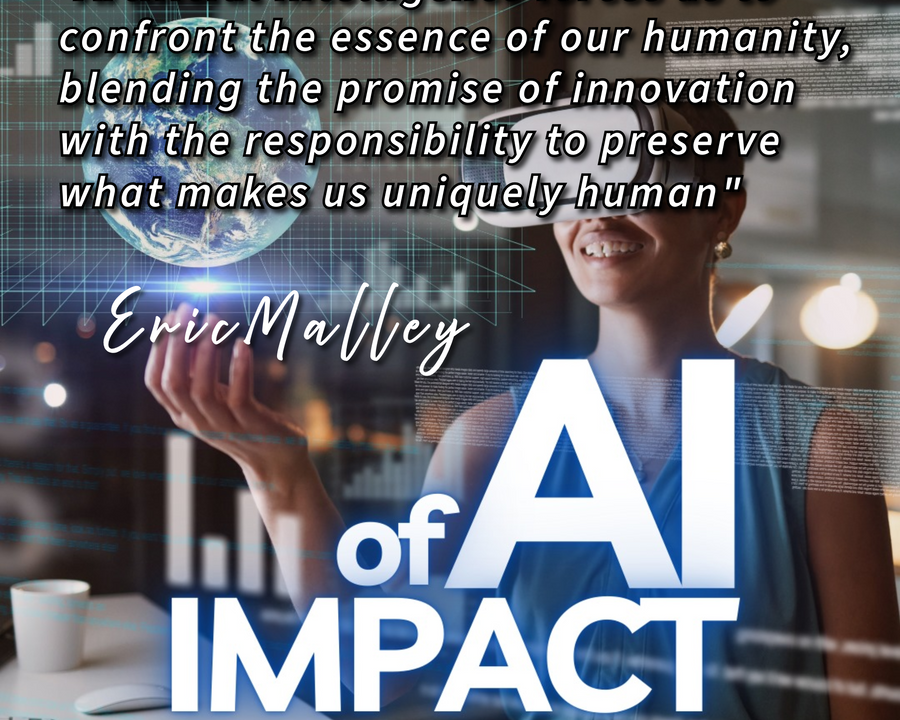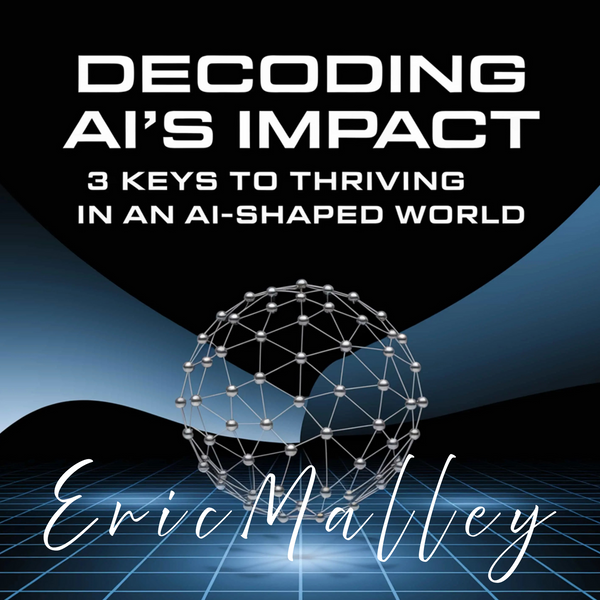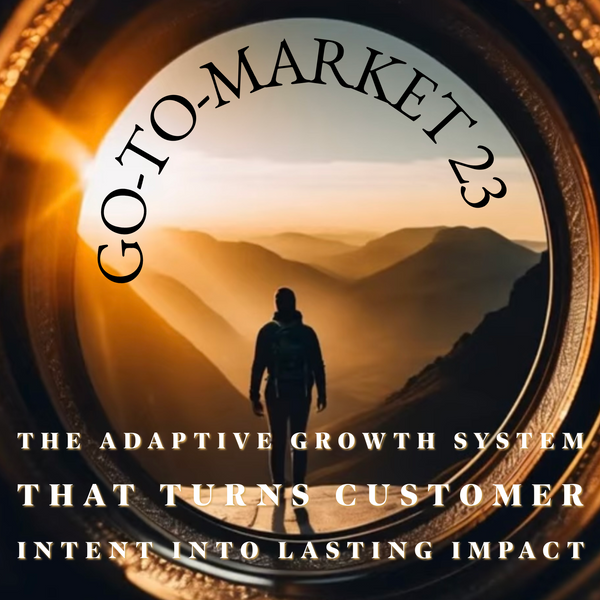From Pioneer to Follower: Eric Malley on Apple, AI, and Spherical Leadership Apple Intelligence’s retail reality exposes the gap between linear innovation and multidimensional market demands
By Eric Malley, Editor-in-Chief, EricMalley.com
“Even the world’s most iconic innovators can lose their edge when they trade multidimensional vision for incremental moves. True tech leadership demands spherical thinking seeing beyond the next product cycle to the full spectrum of impact, risk, and opportunity.”
-Eric Malley
Introduction: Apple’s Unprecedented Position
Apple, the company that brought artificial intelligence to millions through Siri without them even realizing it, now finds itself in an unprecedented position: playing catch-up in the AI revolution it helped create. This isn’t just a story about corporate strategy it’s a masterclass in how linear thinking fails when markets demand spherical adaptation.
The irony is striking. While competitors rushed to market with flashy AI chatbots, Apple quietly pioneered consumer AI through Siri, voice recognition, and predictive text. Most users never recognized these as artificial intelligence they simply worked. Now, as the AI arms race intensifies, Apple’s methodical approach appears sluggish compared to the rapid-fire releases from Google, Microsoft, and OpenAI.
Street vs. Lab: Apple’s AI Gap in the Wild
Apple Intelligence represents the ultimate test of what I’ve previously explored as “AI on the street versus the lab” where practical consumer needs clash with cutting-edge capabilities. The company’s recent WWDC 2025 announcements reveal this tension clearly: while competitors showcase impressive laboratory demonstrations, Apple focuses on features that enhance daily workflows.
The retail reality tells a different story than the headlines suggest. Apple’s on-device processing approach addresses genuine consumer pain points that cloud-based solutions often ignore. Privacy concerns, battery life, offline functionality, and instant response times matter more to everyday users than benchmark scores or feature counts. This represents a fundamental application of what I’ve termed CivicSphere™ principles just as public information belongs to the people, consumer AI should serve real human needs, not laboratory benchmarks.
Yet Apple’s conservative approach has created a perception problem. The company’s stock has faced significant pressure as investors question whether Apple can compete in an AI-first world. This disconnect between market perception and practical value exemplifies why organizations need multidimensional thinking frameworks to navigate technological complexity.
Strategy or Stall? Apple’s GTM Balancing Act
Apple’s dual-track approach building Apple Intelligence while partnering with OpenAI exemplifies both the promise and peril of trying to balance innovation with practical implementation. As Apple CEO Tim Cook recently acknowledged, “We require additional time to finalize our work on these features to ensure they meet our high standards.” This statement reveals the company’s commitment to quality over speed, but also highlights the pressure Apple faces to prove its AI relevance.
This strategy mirrors challenges I encounter working with organizations as a Fractional Executive: the need to balance innovation with practical implementation. Apple’s approach demonstrates what I call the Intent-Action-Objective framework from my GTM 23 methodology:
- Intent: What consumers actually want (privacy combined with capability)
- Action: How they behave (expecting seamless AI without thinking about it)
- Objective: Outcomes that matter (enhanced productivity, not AI for AI’s sake)
Apple’s recent decision to provide developers direct access to its on-device foundation model through a new API represents a significant strategic shift. This move from closed to more open ecosystem thinking could prove transformative, enabling third-party developers to build intelligent experiences while maintaining Apple’s privacy advantages.
Where Apple Falls Flat: A Call for Spherical Strategy
Apple’s delays, particularly the postponement of enhanced Siri capabilities until 2026, reveal the limitations of linear, hardware-first thinking in an AI-driven world. True AI strategy requires what I’ve developed as Spherical Philosophy™ thinking in all directions simultaneously about technical capability, user experience, competitive positioning, and ecosystem integration.
As I’ve written in the European Business Review, “In a business landscape increasingly dominated by artificial intelligence and automation, organizations need frameworks that transcend traditional linear thinking. Spherical Philosophy™ offers that multidimensional lens, helping leaders see connections, anticipate consequences, and approach challenges from multiple perspectives simultaneously.”
Apple’s lag is not technical it’s philosophical. The company must simultaneously maintain its privacy-first philosophy, compete on AI capabilities, preserve its premium brand positioning, and drive hardware sales. Linear approaches that prioritize one dimension over others inevitably create vulnerabilities that competitors can exploit.
Retail Truth: Where Apple Intelligence Quietly Wins
Despite market skepticism, Apple Intelligence demonstrates genuine utility in retail applications that cloud-based solutions struggle to match. The on-device processing approach means users get AI capabilities that work offline, respond instantly, and don’t drain battery life through constant cloud communication.
This addresses what I’ve identified in my work on civic technology: privacy and accessibility aren’t luxury features they’re fundamental requirements. Apple’s approach recognizes that consumer AI must enhance existing workflows rather than disrupt them. A shopping app using Apple’s Foundation Models can create personalized recommendations without cloud API costs, while maintaining the privacy guarantees that consumers increasingly demand.
The developer accessibility represents a game-changer. Apple’s decision to make its on-device foundation model accessible with minimal code complexity dramatically lowers barriers for retail applications. This democratization of AI tools creates exponential value similar to how public documents become more valuable when accessible to developers, Apple’s AI becomes more powerful when third parties can build on it.
Market Metrics vs. Multidimensional Value
Wedbush Securities estimates that “25% of the world’s population will eventually access AI through an Apple device over the next few years.” This projection highlights Apple’s unique position: the company controls both hardware and software across a massive installed base, creating opportunities for AI integration that pure software companies cannot replicate.
However, markets often reward linear metrics speed to market, feature count, benchmark performance while missing multidimensional value like privacy, integration, and user trust. Apple’s challenge lies in communicating spherical value in a world obsessed with linear comparisons.
The company’s partnership strategy with OpenAI, and likely future partnerships with other AI providers, reflects recognition that no single company can excel across all AI dimensions simultaneously. This represents mature strategic thinking: leveraging partnerships to fill capability gaps while focusing internal resources on areas of sustainable competitive advantage.
AI Leadership Requires a 360º View
As I’ve explored in my recent analysis of AI innovation, “Artificial intelligence forces us to confront our humanity. By blending innovation with responsibility, we can ensure that AI serves as a tool for growth rather than a source of division.” Apple’s approach, while imperfect, demonstrates this principle in action.
The company’s emphasis on on-device processing, privacy preservation, and seamless integration reflects multidimensional thinking about AI’s role in human life. Rather than pursuing AI for its own sake, Apple focuses on AI that enhances human capability while respecting human values.
Apple’s lag is not technical it’s philosophical. Spherical thinking isn’t just a framework it’s the antidote to disruption fatigue. In a world where yesterday’s pioneers can become tomorrow’s followers, only those who see in all directions will lead the next wave of innovation.
Apple’s AI journey isn’t just about catching up to competitors; it’s about proving that thoughtful, multidimensional approaches to innovation can succeed in a world that often rewards speed over substance. The company’s ultimate success will depend on whether consumers value the spherical benefits of privacy, integration, and reliability over the linear metrics of feature counts and benchmark scores.
The stakes extend beyond Apple’s market position. As AI becomes increasingly central to how we work, communicate, and access information, the approaches that succeed will shape the future of human-computer interaction. Apple’s bet on privacy-preserving, user-centric AI represents one vision of that future one that prioritizes human agency alongside technological capability.
Final Thoughts
- Apple’s AI strategy highlights the limitations of linear, hardware-first thinking in today’s multidimensional, AI-driven market.
- Spherical Philosophy™ offers a practical framework for leaders to anticipate, adapt, and integrate across all facets of innovation and execution.
- The future of tech leadership belongs to those who can see and act in all directions at once.
About the Author
Eric Malley is the visionary behind Spherical Philosophy™, a transformative framework empowering individuals and organizations to navigate complexity with clarity, adaptability, and resilience. As Editor-in-Chief of EricMalley.com and a recognized digital marketing thought leader, Eric has pioneered AI-driven strategies that bridge technology with human insight. His work “Spherical Philosophy™: Multidimensional Awareness for Business Innovation” was recently published in the European Business Review, a Q1-ranked academic journal. Eric’s previous analyses include “The Untold Story of AI in the Lab vs How Anthropic and Cohere Are Rethinking Innovation” and “Decoding AI’s Impact: 3 Keys to Thriving in an AI-Shaped World.” Serving as a Fractional Executive and trusted advisor, Eric collaborates with organizations across industries, delivering strategic guidance on AI transformation and go-to-market strategies. His expertise spans over 50 publications and has helped clients achieve more than 500 publications, establishing him as a leading voice in the intersection of technology, philosophy, and business innovation.





















